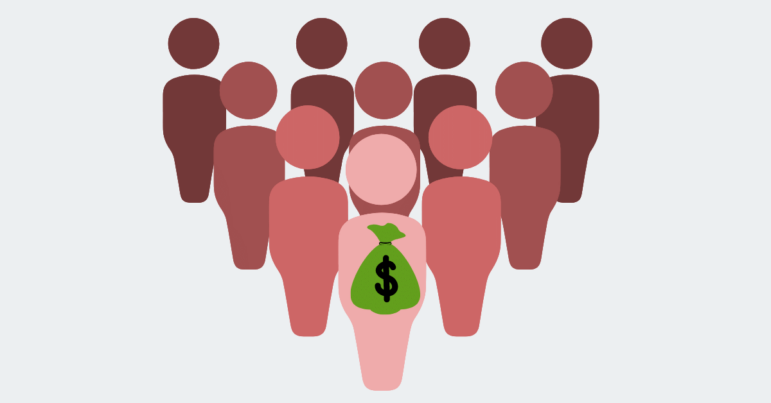Medicare and other payers have long recognized the need to move toward value-based payment models, to pay clinicians for keeping their patients healthy rather than pay them for doing more. These value-based payment models– such as the Medicare Incentive Payment System (MIPS), the Hospital Value-Based Purchasing Program (HVBP), the Hospital Readmission Reduction Program (HRRP), and the Hospital-Acquired Condition Reduction Program (HACRP) — give clinicians or hospitals financial penalties or extra payments based on their performance on certain quality metrics.
Paying for performance sounds great in theory, but in practice, researchers have found that safety net hospitals and clinicians caring for poorer patients often get penalized in these programs. This happens in part because social risk factors are not included in the risk adjustment formulas that determine hospital performance on outcomes. Another reason is because safety net hospitals often need more resources to reach their quality goals, so financial penalties may be another barrier, rather than an incentive, to improving quality. In fact, a study last year found that value-based incentive programs didn’t improve hospitals’ health care–associated infection rates or disparities in infection rates among safety net and non–safety net hospitals.
Now, two recent studies in JAMA have found that value-based payment programs not only penalize safety net hospitals, but specifically punishes hospitals and clinicians that care for more racial and ethnic minorities.
Associate Professor of Health Management and Policy at Saint Louis University Dr. Kenton Johnson and colleagues looked at the association between MIPS performance scores and clinicians’ caseloads of people of color (including Black, Hispanic, Asian/Pacific Islander, and Native American patients). They found that clinicians caring for more people of color had lower MIPS scores by one point and were 6% more likely to get a penalty, compared to clinicians caring for mostly white patients. For clinicians caring for a large number of poor patients, race and ethnicity seemed to matter even more, with clinicians caring for more people of color having scores 4.2 points lower and 44% more likely to get a penalty compared to clinicians caring for mostly white patients.
Dr. Rahul Aggarwal, Clinical Fellow in Medicine at the Beth Israel Deaconess Medical Center and colleagues recently published a study looking at whether hospitals that care for a high proportion of Black patients were more likely than other hospitals to be penalized in three federal value-based payment programs (HVBP, HRRP, and HACRP). Of the “high-proportion Black hospitals” (hospitals in the top quintile of Medicare hospitalizations for Black patients), 56% received a penalty from HVBP, compared to 41% of other hospitals. Even adjusting for hospital teaching status, size, and safety net status, there was an 8 percentage point difference in the proportion of hospitals receiving this penalty.
The same pattern persisted in the other two value-based payment programs as well, with 5% more high-proportion Black hospitals receiving a penalty in the hospital readmissions program compared to other hospitals, and 10% more receiving a penalty in the hospital-acquired conditions program — even when adjusting for safety net status. Hospitals serving a high proportion of Black Medicare patients were more likely to receive penalties from all three federal programs.
Clearly, penalties from value-based payment models are not just based on income — racial inclusivity has a significant impact. In fact, among hospitals and clinicians caring for poorer patients, there is an even larger penalty for those caring for people of color.
The Lown Institute Hospitals Index data has found a similar pattern between hospital patient inclusivity and worse patient outcomes — not necessarily due to differences in quality, but also because of the impacts of structural racism on health.
The disparity in penalties for hospitals serving more Black patients is extremely concerning because it punishes these hospitals without helping improve outcomes. Aggarwal et al write, “High-proportion Black hospitals are more likely to be underresourced and have lower operating margins. If value-based programs unintentionally result in disparate penalties being imposed on these institutions, their ability to improve care may be hampered and racial disparities in outcomes widened.”
To fix this problem, equity needs to be a central goal in value-based payment programs. As Harvard Medical Students Ayotomiwa Ojo and Parsa Erfani, and Harvard Medical School professor Dr. Neel Shah wrote in Health Affairs recently, value-based care models should set health equity benchmarks (and base incentives on these benchmarks), reward hospitals for reducing health disparities within their institutions, and reward hospitals that spend more on upstream community benefit spending and community health care workers.
